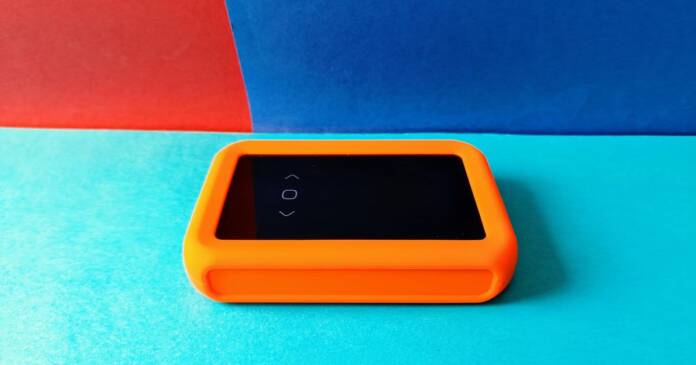If you use an SSD on the road, you can use the ready-made model or build an external data medium yourself with a housing that is protected against water, falls or power failures. Flash-based storage such as an SSD or NVMe has only one price direction: down. While the graphics card market is only slowly recovering, NVMe-based flash memory is cheaper than ever. 1 TB of memory costs less than 90 euros. In this guide, we show when it is worth building an external SSD with a suitable USB case yourself and up to what size it is better to buy something ready-made.
If you prefer to build a mobile data carrier yourself from an SSD and an external housing, you have a number of advantages. When choosing the case, the buyer can flexibly respond to his own needs. Should it be as robust as possible? Does it have to be waterproof? Does it need an emergency power supply? In addition, it is possible to have a free choice when selecting the data carrier and to use a particularly fast NVMe SSD for this. We explain more about data carriers in the guides: NVMe storage: Fast SSDs for more performance, 1 TB from 80 euros and find the best external hard drive: This is how you get the most storage per euro .
Hard drives or SSD?
A very brief classification at the beginning: Actually, an internal or external SSD or an M.2 NVMe storage is not a hard disk in the classic sense. Hard drives are, strictly speaking, the mechanical platters onto which an arm magnetically writes or reads information. With an SSD, these mechanical components do not exist; instead, the data is stored digitally in the memory. The better generic term would be data storage – unfortunately, SSD hard drives have become commonplace. An NVMe is also a solid-state drive, i.e. an SSD. In this text, we distinguish the design, SSD describes the classic 2.5-inch size with SATA connection, NVMe means the flat bars with M.2 connection.
Why a portable SSD?
Compared to an external, mechanical hard drive, portable SSDs have the great advantage that no mechanical components are required to read the data. This means that the SSDs are more robust per se. Unlike with external hard drives, you don’t have to worry about a head crash if the disk falls off the table while saving. They also score points in terms of speed, which has a positive effect, for example, when editing videos or loading games or programs that are installed on the external memory.
How secure are external hard drives?
However, the external SSDs are not indestructible. Among other things, the USB ports are susceptible, and mechanical defects can occur here. Again, you should make a backup of the important data. We explain more about this in the guide to the basics of data backup: Backup for Windows .
Which SSD for Mac or Windows?
Sometimes you hear that you can only use SSDs under Windows or Mac OS and you have to decide in advance. That is only partly true. If you want to use the portable SSDs to exchange between Mac and Windows, you can format them using FAT32 or exFAT. However, FAT32 can only process files smaller than 4 GB, which is only suitable to a limited extent for exchanging video material. exFAT has no size limit, but the format has a reputation for carelessly handling data and producing errors. This is usually not a problem for exchanging information, images and videos, as long as the originals are kept safe. Windows now relies entirely on NTFS. The format can be read under Mac, but if you want to write data to the sticks, you can’t avoid a few detours. The simplest solution is the Mac OS tool Mounty for NTFS . If you only work with a Mac, you should format the external data storage device using APFS, Apple’s standard file format. Windows users then need an additional program. The article Apple’s file system APFS from heise online describes more about this.
Data transfer: Bottleneck USB
External hard drive performance depends on several points. The most relevant is the available USB interface. With the introduction of USB-C, it was hoped that the designations would become fewer and more uniform, but little has actually happened here. USB-C can deliver between 5 GBit/s and 20 GBit/s, depending on the configuration. The c’t colleagues explain it in detail in the article USB-C: The all-rounder .
For this guide, we have chosen three external SSD storage devices. We connect these via USB-C to a USB 3.1 and a fast USB 3.2 Gen 2 port. We retrofitted the latter with a PCI card. We then use PCMark’s Data Drive Storage Benchmark to test the three devices. The benchmark writes almost 15 GB of data in total, trying to be as realistic as possible. This puts him far away from the theoretical peaks that the systems can achieve. But it shows well what the devices deliver in everyday life. The test emulates, among other things, booting Windows, starting Photoshop or Illustrator, copying files or working in Excel. We mainly use the bandwidth, which is specified in MByte/s. The higher the value, the better.













